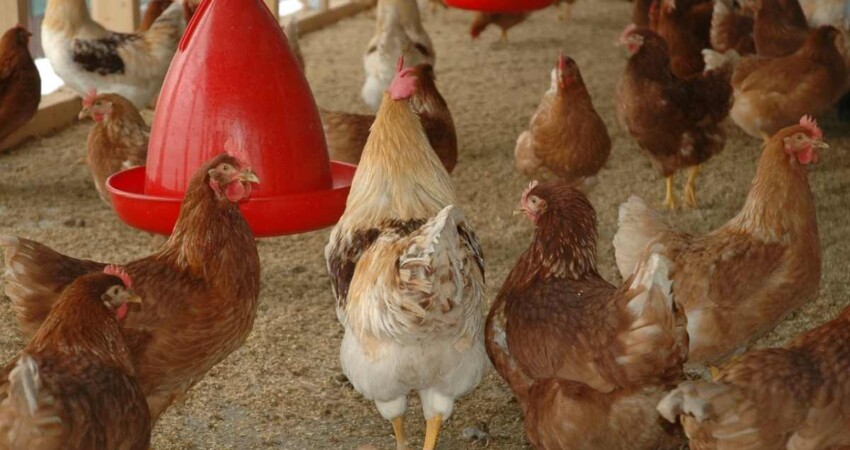

A number of body factors have been shown to be closely correlated with feed intake (R2 value ranging from 0.7 to 0.9), as there are:
Volume of GI tract – Chickens having larger volume of GI tract relative to the total body mass during embryonic development consume a volume of feed approaching the full capacity of their GI tract, while consuming only a small percentage of their total capacity when the volume of GI tract is small. The villus surface area is also increased in the former case by about 20-fold, which in turn increases digestibility and hence improve feed intake.
Taste buds – Despite the fewer taste buds present in chickens relative to the mammalian species, the response of these buds to feed ingredients of low-palatability may vary among different lines, with a resulting differences in feed intake. This means that with the same number of taste buds, some chickens may consume more feed than others because of low response of these buds to the low palatability of feed. This aspect is genetically-medicated and could be used for control of feed intake through selection among chicken lines.
Genes and hormones – The increased amount of leptin, a gene product originally produced in the adipose tissues, helps regulate appetite through its action at specific hypothalamic sites. Similar action has been noted with some thyroid hormones such as T3. The increased amount of T3 circulating in the blood stream is often associated with increased intake, as evidenced by the low T3 level at fasting.
Feather cover – Some hens lose their feathers over large parts of their body due to feather pecking, poor beak trimming, abrasion, and/or molting. As a result, there is a decline in their natural heat insulation and increase in heat loss from the bird. This aspect is more pronounced with poor feather cover on the neck and back, since these parts are more exposed to the environment compared to the breast or the legs.
In this case, there is an increase in feed intake to compensate for the amount of feed energy lost as heat, coupled with low egg production and poor feed efficiency, expressed as the amount of feed per dozen of eggs. This is particularly true in cases where chickens are exposed to temperatures below 20ºC for 50% of the time they are housed.
To avoid these problems, it is important to keep birds warm in the cold and not to emphasize only on keeping them cool in the hot season. For this to be valid, the heating cost should first be balanced out against the expected increase in feed because of the poor feather cover.
 Contact Jaguza Support
Contact Jaguza Support